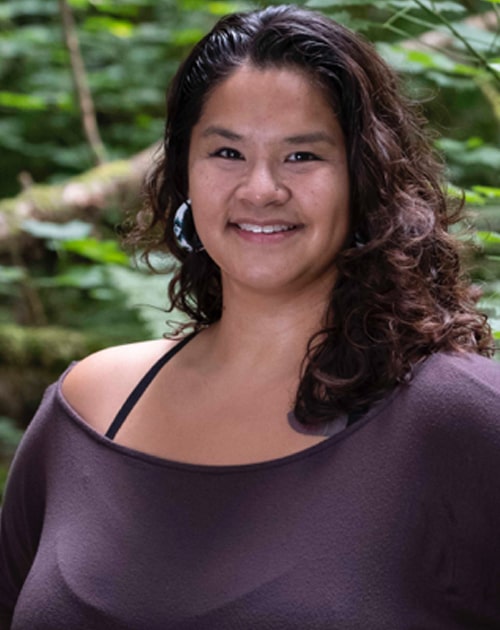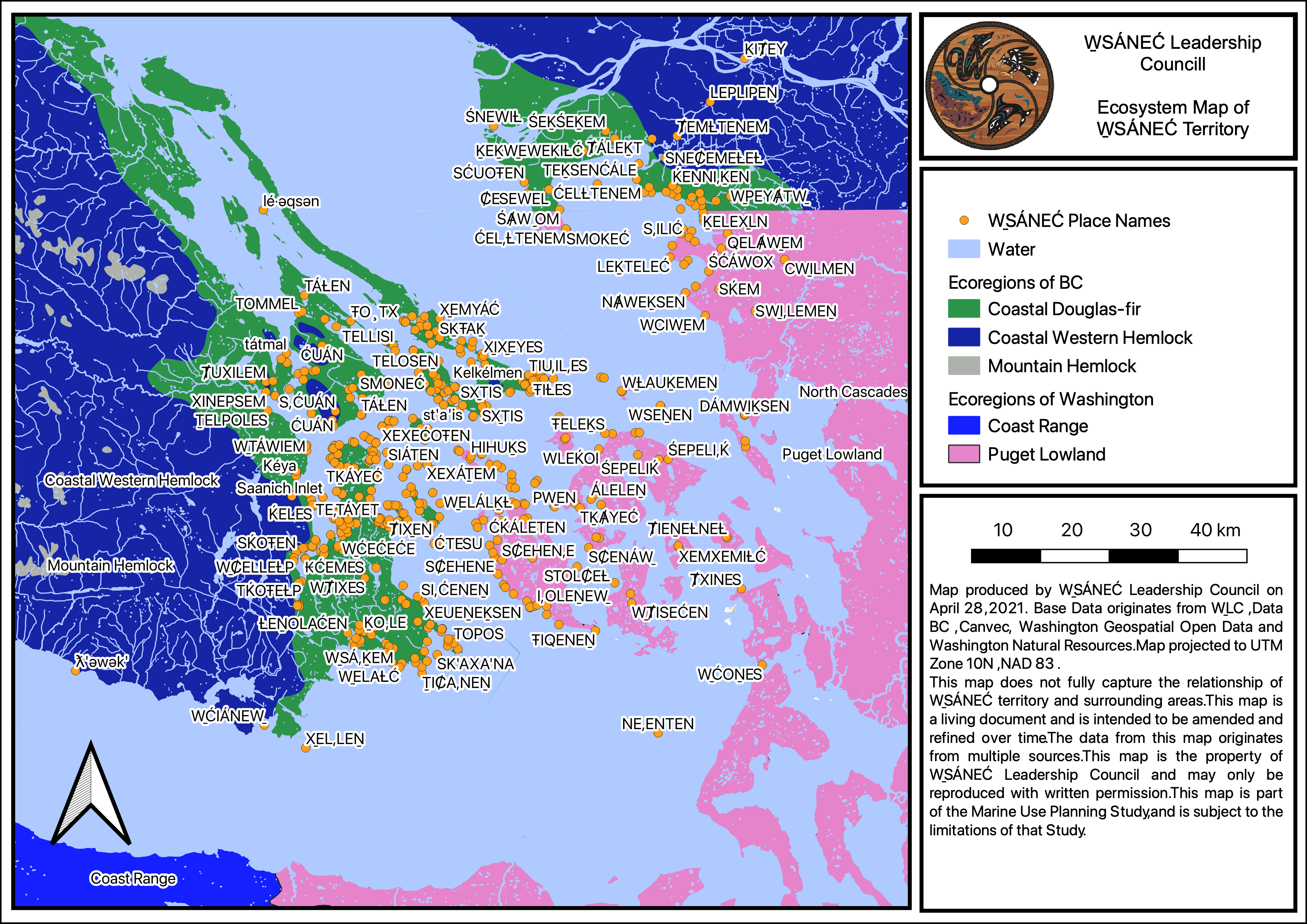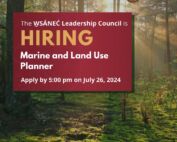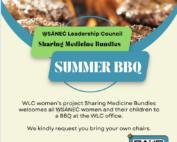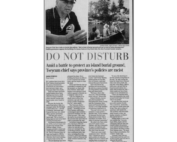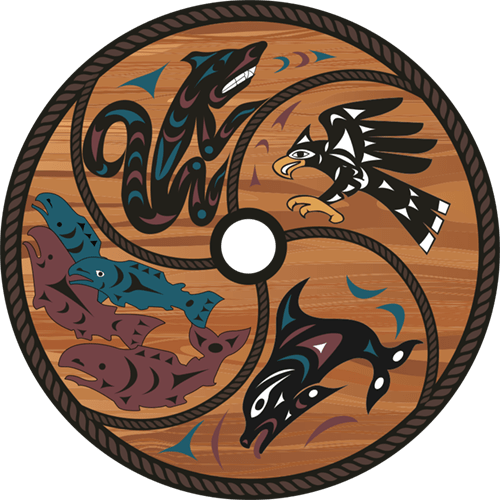Shauna Johnson is the Marine Use Planner for the W̱SÁNEĆ Leadership Council.
Over the past year, she’s been facilitating regular community engagement sessions.
Some of you have asked questions about the sessions, so we asked Shauna to share her answers with us.
Q: Why should I participate / what’s in it for me?
SJ: In our day-to-day lives, we see a lot of things we don’t agree with regarding the current state of our communities. My job is to listen to what you are concerned about and translate your concerns into a solid, living, breathing plan, with clear goals, objectives, and concrete actions or steps for how to improve our communities today and into the future.
As Indigenous peoples, we have faced a very dark past with the legacy of colonization, residential schools and the Indian Act, all of which have worked to keep us silent on the issues that matter to us and that impact our lives every day. These community engagement sessions are an opportunity to break the cycle of being silenced. It’s an opportunity to share with each other our thoughts and ideas on how to improve our lives in our own communities and have deep, meaningful conversations on the issues that we care about. What do you want to see prioritized for our community? How can we improve our communities today as well as for our future generations? And how can we do this in a way that reflects who we are as WSANEC people?
The end result of these sessions is a tool we can use to convey to our leadership, the federal government and all the other players out there, who are trying to make a plan for us, without us.
Our people have so much knowledge and so many gifts to offer. Being involved in the community engagement process will provide you with a chance to share your wisdom, share your knowledge and teachings so that we can provide each other with the strength and guidance we need to keep going. And honestly, I cannot do this without community participation. This is not my plan, it’s a community-based plan, which means I need to hear from everyone: youth, elders, women, men, LQBTQ2S, harvesters, knowledge holders, language specialists.
Shown above: one of the outcomes of the sessions is the ongoing creation of various maps that will help to assert the W̱SÁNEĆ worldview in negotiations with outside parties.
Q: How do I know these sessions will accomplish anything?
SJ: Northern Indigenous communities have had great results. The community engagement sessions, resulting in a Marine and Land Use plan made a dramatic difference in their ability to advocate for themselves and to work in partnership with the Federal & Provincial Governments.
They have better relationships with Not For Profit (NFP)’s and Environmental Groups. An example of this is that when they wanted to shut down the herring fisheries, people listened and action happened. It’s because they took the time to make the plan. Their plan makes it very clear what their vision, goals and priorities are.
Q: What is a Marine and Land Use Plan?
SJ: A Marine and Land Use Plan is a tool that communities can use to better plan for their future. What we’re doing is a community plan but the scope is territorial. We are thinking about the land and the Salish Sea and how it’s being used, especially by others. For example, we’re thinking about the impacts of increased marine traffic. The Department of Fisheries (DFO) is in the early stages of doing their own marine spatial plan, so the pressure is on us to deliver our own plan that identifies our priorities on how we think the marine and lands in the Salish Sea should be used/not used. So, it’s better to have our own plan that’s done by ourselves first.
This way, we can ensure our values are incorporated, and that we have input into these larger regional plans being done by the federal government. These federal plans are going ahead without us and for us. It’s time to step up our own game. For us to make decisions when things aren’t allowed, when a closure needs to happen, or shipping traffic needs to slow down to a certain speed for example.
We should have more of a say on what happens in our territory, and developing this marine and land use plan for our territory is a useful tool to help us do that.
Q: Why is this plan important?
SJ: In addition to having a greater impact in dealing with outside parties, we also have a sacred responsibility to take care of the land of water. This is a way we can be stewards in the same way our ancestors were.
We have Douglas Treaty rights, an agreement that is a contract between us and the non-indigenous world, but people aren’t following it, they don’t even know who we are or what the Douglas Treaty is in most cases.
It’s important for us to talk about this like how they used to in the longhouses. We talked about every single thing. The Indian Act has disrupted the community engagement processes and today, we don’t talk about the issues that impact our everyday lives, nor share with each other our own ideas for how to make it better.
Let’s talk about how polluted our waters are and how our clam beds aren’t healthy. Let’s talk openly about the violence that has been done to the land and waters. Let’s talk about the healing journey that is ahead of us and come up with real solutions to address them. There are so many non-indigenous peoples using our territory for recreation, shipping, tourism, and so many other things. But what about our needs? How do we create a future where our needs are met for our people today and in the future?
We have to start talking about them as a community, together. No one can do this work but us. We can’t make our communities better if we don’t do this important work. We need to do this work if we want to ensure future generations have more decision-making power than we do today.
Q: What happens during the community engagement sessions?
SJ: First of all, we ensure we’re following protocols to make sure everyone feels safe to share their thoughts freely, to share the pain we feel so much as well as all the good things.
We conduct the sessions in alignment with WSANEC laws of SṮI “Love”, ȽIȽEȻ “Interconnectedness”, ATOȽ “Respect for the rights of others”, EN SḴÁU “Reciprocity” and ÍY ŚW̱ḰÁLEȻEN and SDWIEȽ (good intentions and prayer). We gather in the context of these laws and we embody them during each session.
I usually design the sessions with a loosely structured agenda and facilitate the discussions by having prepared some powerful questions like:
What do we want our future to look like? What are the things that you would like to see in our shared future that is different from what you see today? What is possible in a dream scenario for our future? What actions do we need to take to achieve this dream scenario? Are those actions something that will take 6 months to achieve? 1 year? 5 years? 10 years? How will we know when we have reached our goals? What does success look like to you?
I also throw in some fun things too to keep people energized and engaged. In the future, I am hoping that when COVID-19 restrictions are lifted that we can do this important work while doing activities out on the water or on the land. So please let me know what kinds of things you would like to do!
Q: What will happen with what I share during the community engagement sessions?
SJ: I capture what’s shared anonymously, without personal identifiers. I don’t keep track of who says what, just the content, so everything shared is kept anonymous. I respect people’s confidentiality. Showing vulnerability is hard. I respect that and don’t want to violate it. My hope is that people will get to know me and also trust me.
I help people get to the core root of the issues and understand how we can reframe issues into goals and objectives, what we can do to make things better. We are synthesizing the information collected to identify larger patterns, and perhaps what issues we agree on or not.
Everything that is heard and documented in the engagement process will be presented back to the community and community members will be asked to review everything I document and verify that what was heard is accurately and sufficiently presented in any report or planning document. As we all know, people interpret things differently, so when I do verification on a regular basis, it’s like the community is keeping me in check and on track.
The plan is a living document.
Q: How long is each session?
SJ: Virtually, about 2 hours each. If it was in person, it would be 3-4 hours and a meal would be provided. We are aiming for a session about once a month or two months for about a year and half.
There are eight topics for the plan that we need to discuss, some with subtopics within them. So for one topic, we will host several facilitated sessions to discuss them, and I only move the discussion forward with the community guiding me on how fast or slow we should go. If we need to spend more time on a topic, then we will; the community just has to tell me. Once all the sessions have been completed (as it is planned so far), we will assess where we are and go from there. Have we covered all the topics we need to? Or do we need to talk about more? But the goal is to not cause engagement fatigue because doing too much engagement is not good either. We have to find a good balance.
Q: Are there any prizes for participating?
SJ: Yes, each attendee gets door prizes. We also send out packages in the mail, for example, a pack of cards by Doug LaFortune, stickers by Sara Jim, knitted things, notebooks and wallets and such just for registering and participating.
REGISTER FOR THE NEXT SESSION:
Register in advance for this meeting:
https://us02web.zoom.us/meeting/register/tZEvcequpjIsHdzOQh2ksBbhfC2M1ZjAIusK
After registering, you will receive a confirmation email containing information about joining the meeting.


